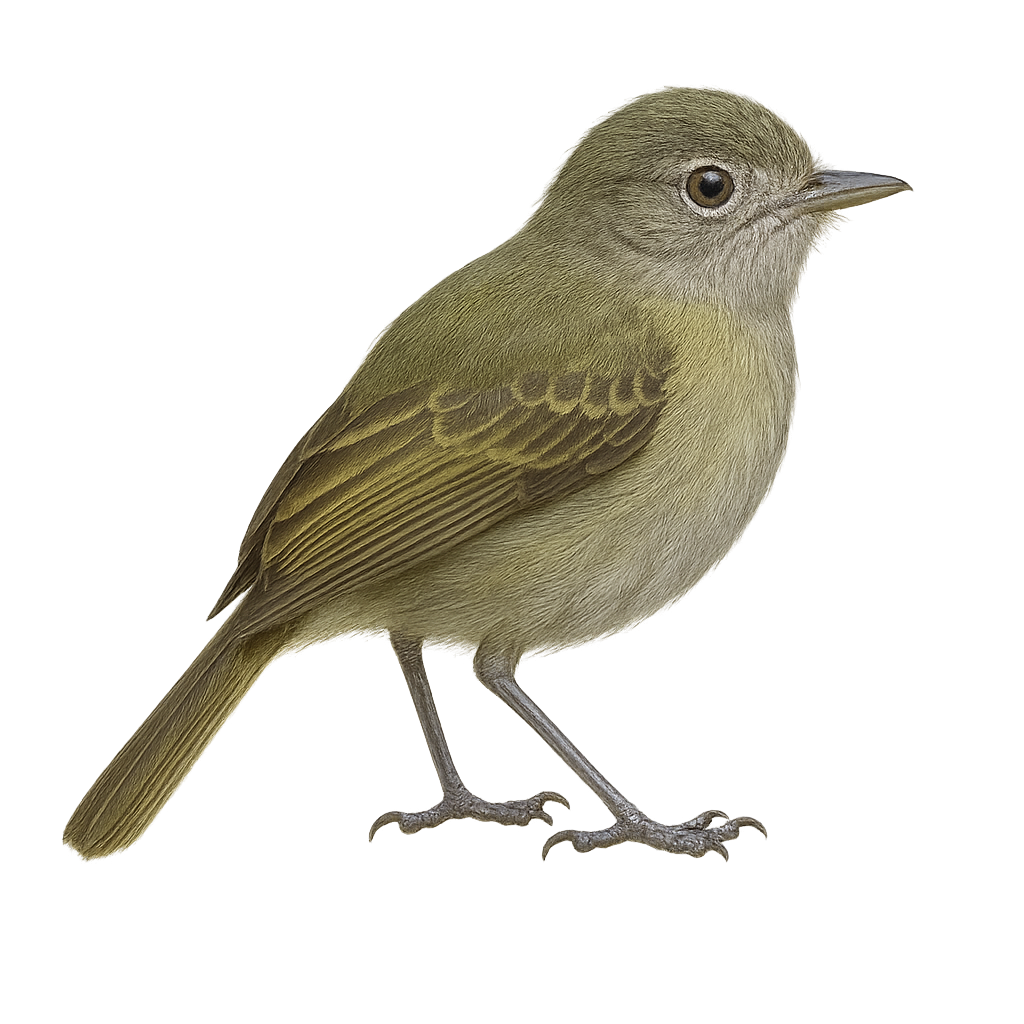Your wildlife photography guide.
Explore the bolivian tyrannulet in detail, study its behavior, prepare your shots.
Where to observe and photograph the bolivian tyrannulet in the wild
Learn where and when to spot the bolivian tyrannulet in the wild, how to identify the species based on distinctive features, and what natural environments it inhabits. The WildlifePhotographer app offers tailored photography tips that reflect the bolivian tyrannulet’s behavior, helping you capture better wildlife images. Explore the full species profile for key information including description, habitat, active periods, and approach techniques.
Bolivian Tyrannulet
Scientific name: Zimmerius bolivianus

IUCN Status: Least Concern
Family: TYRANNIDAE
Group: Birds
Sensitivity to human approach: Suspicious
Minimum approach distance: 10 m
Courtship display: November to December
Incubation: 16-18 jours
Hatchings: November to January
Habitat:
montane humid forests, cloud forests
Activity period :
Primarily active during the day, with peak activity in the morning and late afternoon.
Identification and description:
The Zimmerius bolivianus, or Bolivian Tyrannulet, is a small passerine bird belonging to the Tyrannidae family. It is primarily found in the humid montane forests of the Andean region, particularly in Bolivia and Peru. This bird is characterized by its olive-green plumage on the back and yellow on the belly, with slightly darker wings. It is often seen feeding on insects and small fruits, moving nimbly among the branches. Although discreet, its melodious and repetitive song often reveals its presence. The Bolivian Tyrannulet plays an important role in the ecosystem by contributing to seed dispersal and insect population control.
Recommended lens:
400 mm – adjust based on distance, desired framing (portrait or habitat), and approach conditions.
Photography tips:
To photograph the Bolivian Tyrannulet, it is advisable to use a 400mm lens or longer to capture detailed images without disturbing the bird. Look for areas where the bird is active, such as cloud forests, and be patient. Listen for its distinctive song to locate its position. The natural light of the morning or afternoon is ideal for capturing vivid and natural colors. Use a tripod to stabilize your camera and avoid blurring.
The WildlifePhotographer App is coming soon!
Be the first to explore the best nature spots, track rutting seasons, log your observations, and observe more wildlife.
Already 1 439 wildlife lovers subscribed worldwide

